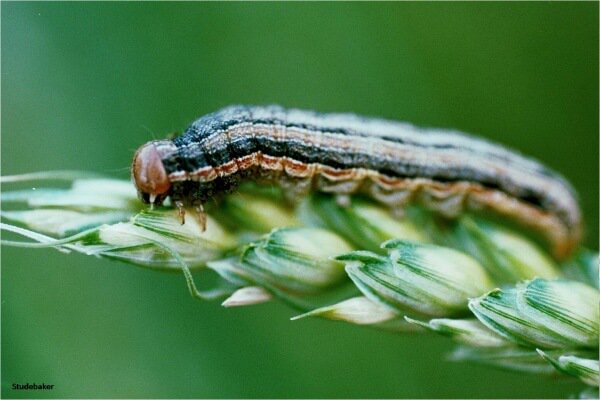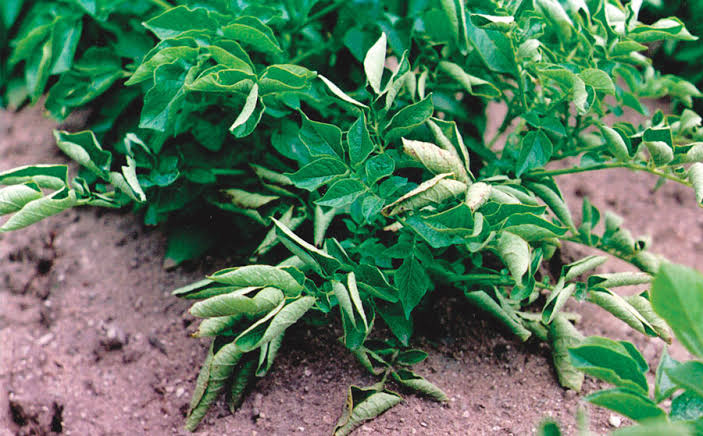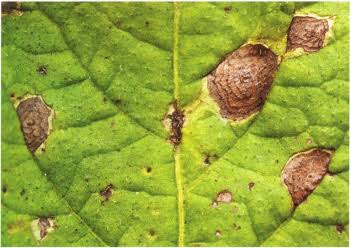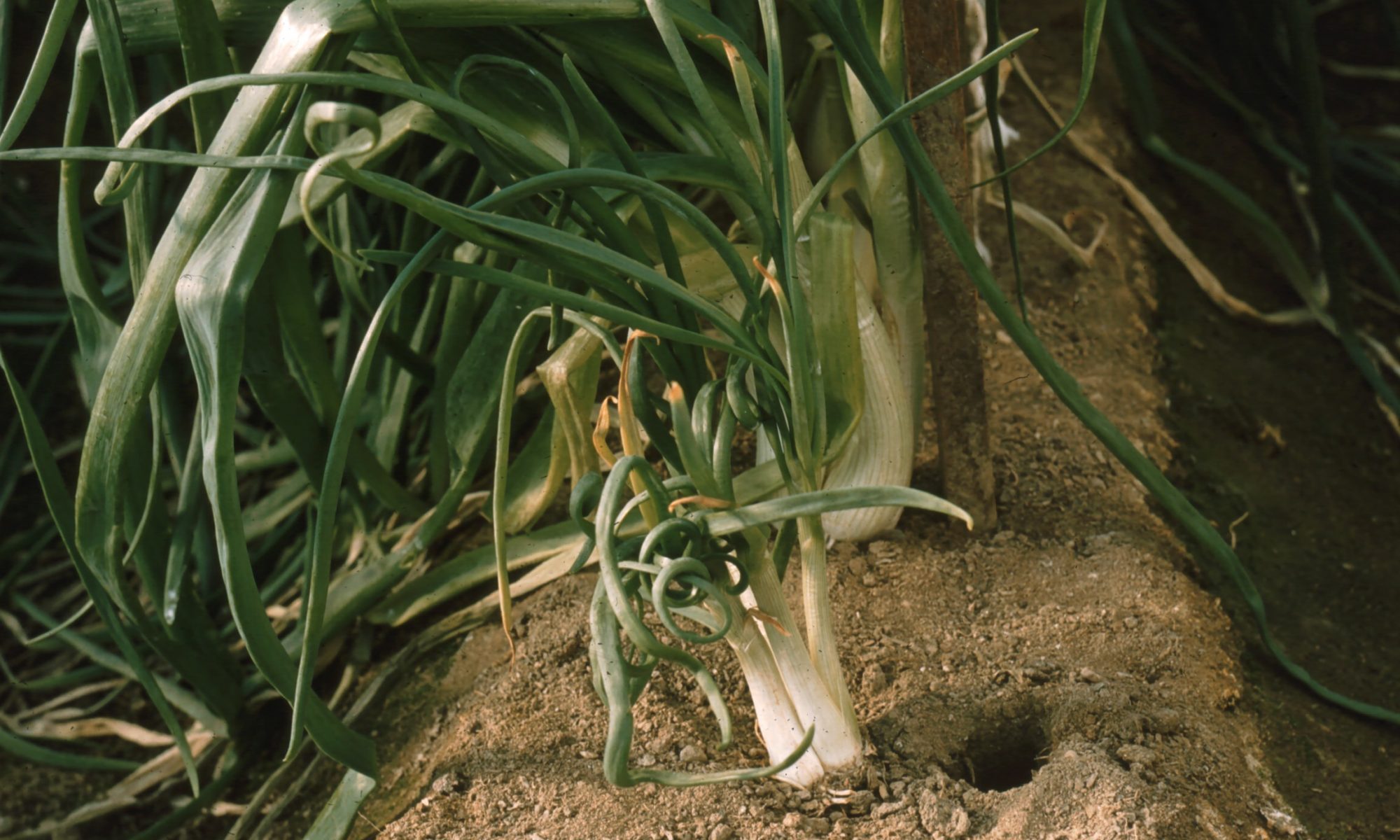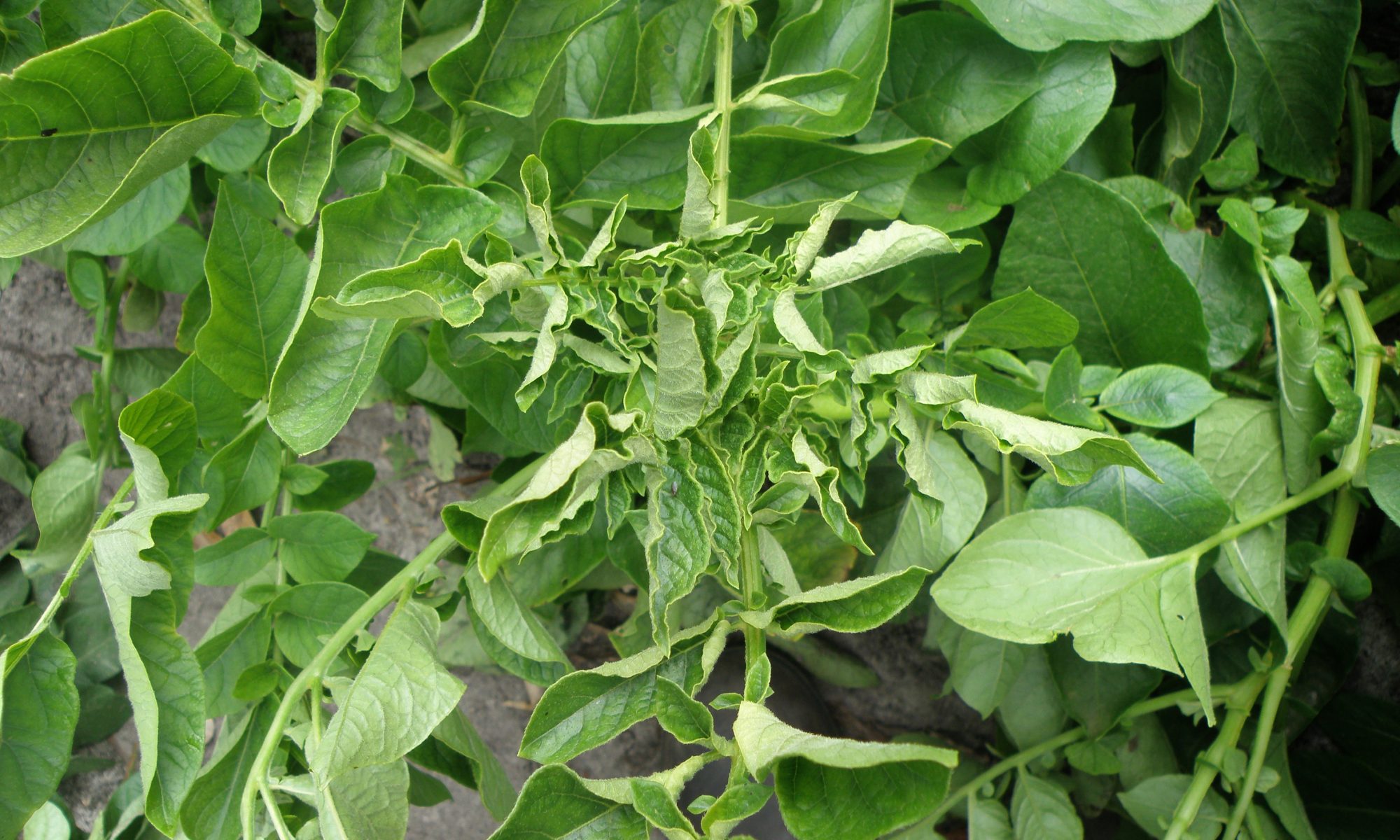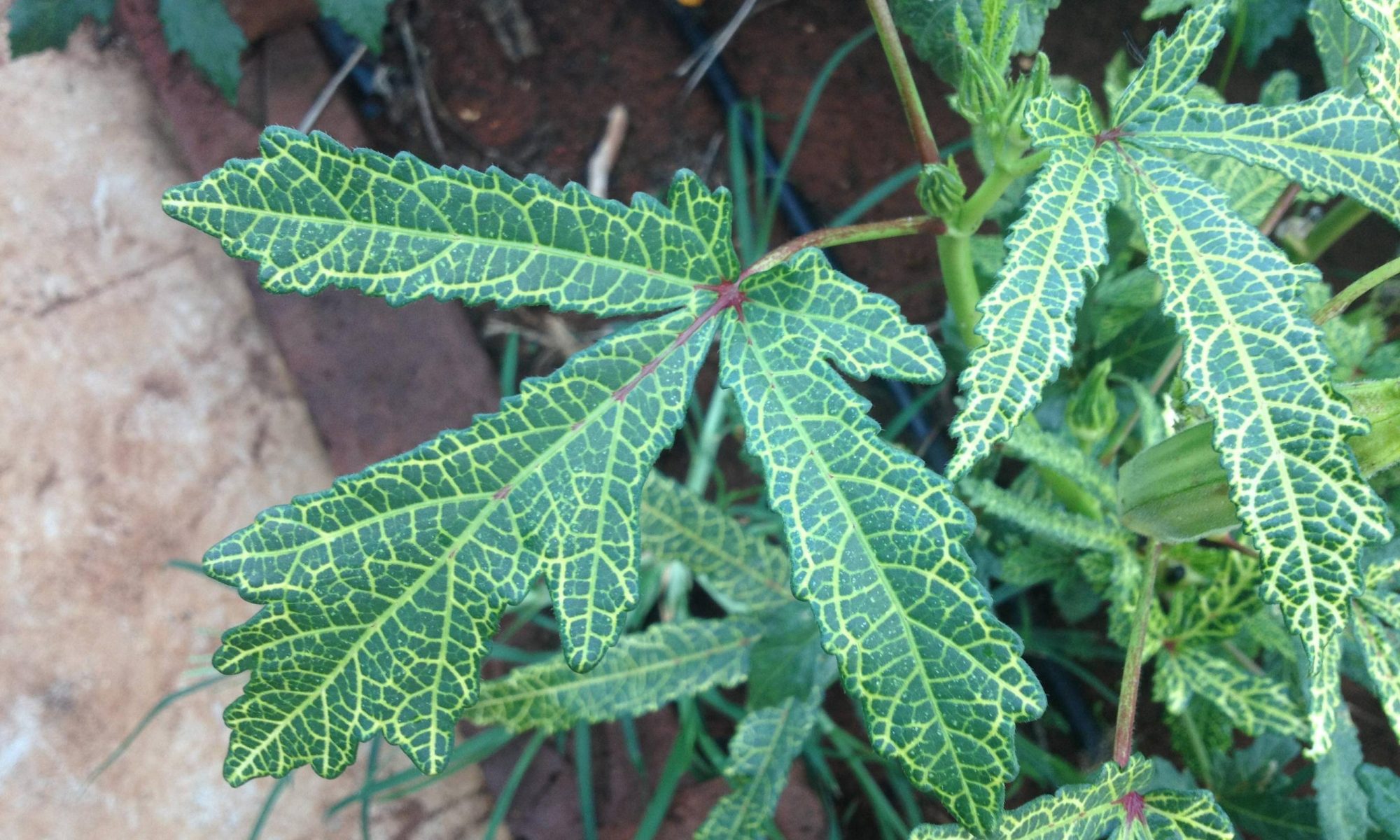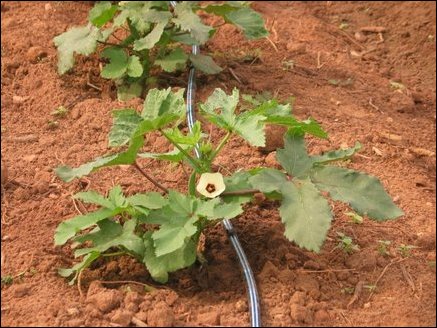-
- The primary symptom is defoliation of the plant.
- Larvae feed on the leaves, chewing from the edges to the midrib, or on the head of cereal plants.
- Heavy infestations can be very destructive; larvae may climb the plant. Some species may be found feeding at the soil surface, others, underground feeding on roots, and then there are some who feed inside the stem.
- The armyworm feeds during dawn and dusk period as it is actually shy of sunlight.
Management –- Look for larvae and signs of damage beginning in early spring. Caterpillars will often be found feeding on the undersides of leaves and on fresh growth. Handpick the worms you discover and don’t be tempted to crush them between your thumbs. Instead, drop them in a bucket of soapy water.
- Use 4-5 bird perches to attract birds.
- Spray Emamectin Benzoate 5% SG @ 100 Gm per acre.
- Spray fipronil 5% SC @ 400 ml per acre.
Like and share with other farmers by clicking on button below
Share
